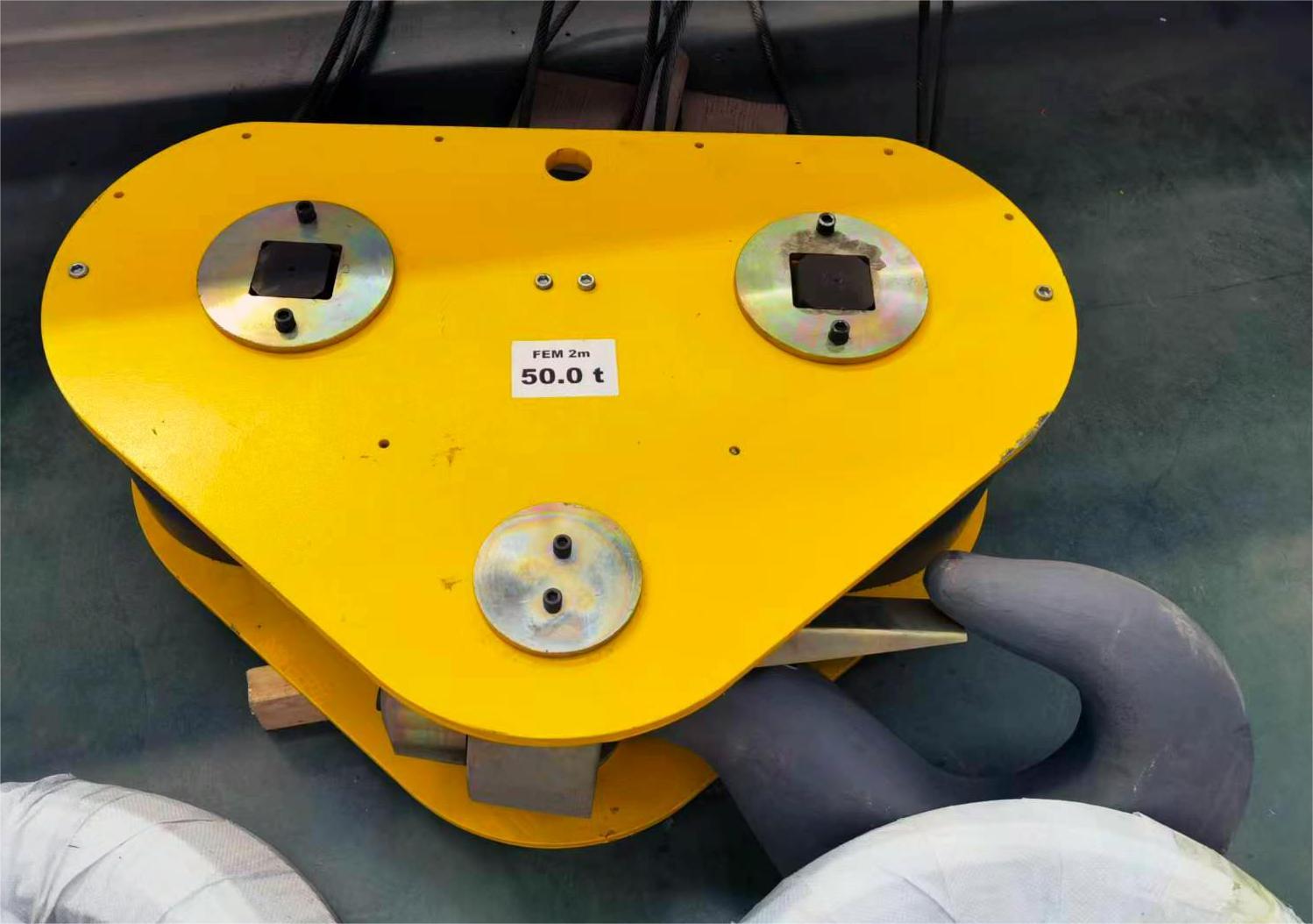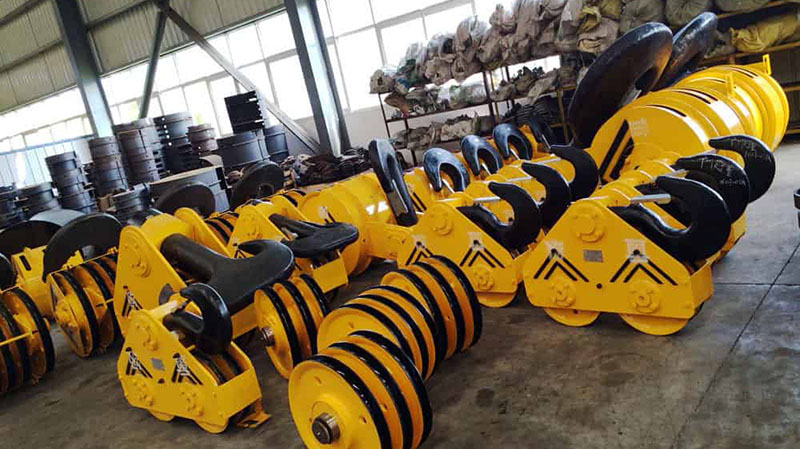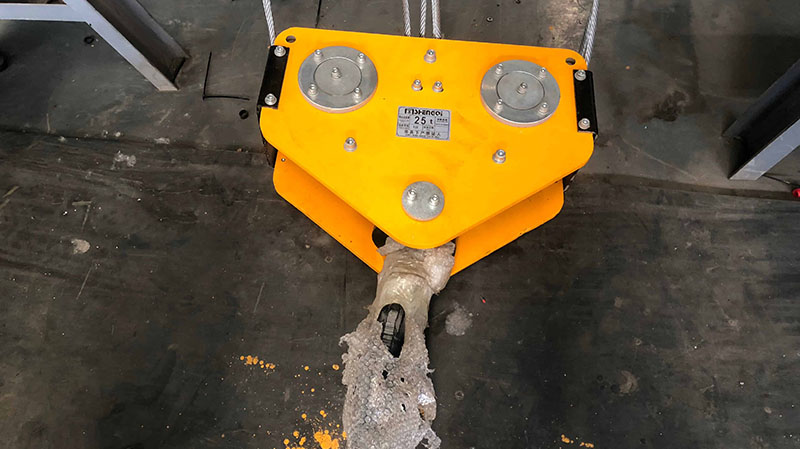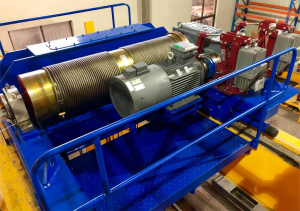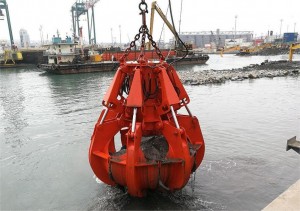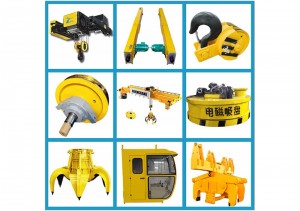
Safety 5 Ton 10 Ton Overhead Bridge Gantry Crane Lifting Hook
Product Details and Features
The crane hook is the most common type of spreader in hoisting machinery. It is often suspended on the wire rope of the hoisting mechanism by means of pulley blocks and other components.
Hooks can be divided into single hooks and double hooks. Single hooks are simple to manufacture and easy to use, but the force is not good. Most of them are used in workplaces with a lifting capacity of less than 80 tons; double hooks with symmetrical forces are often used when the lifting capacity is large.
Laminated crane hooks are riveted from several cut and formed steel plates. When individual plates have cracks, the entire hook will not be damaged. The safety is good, but the self-weight is large.
Application
Most of them are used for large lifting capacity or lifting molten steel buckets on the crane. The hook is often impacted during the operation and must be made of high-quality carbon steel with good toughness.
Crane hooks produced by SEVENCRANE are manufactured according to the requirements of hook technical conditions and safety specifications. The products have a production quality certificate, which meets the requirements of most scenarios.
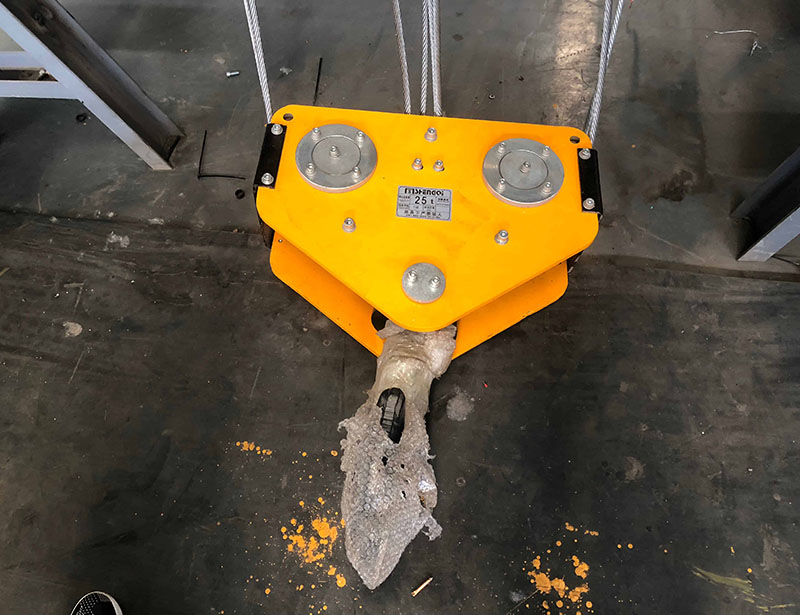
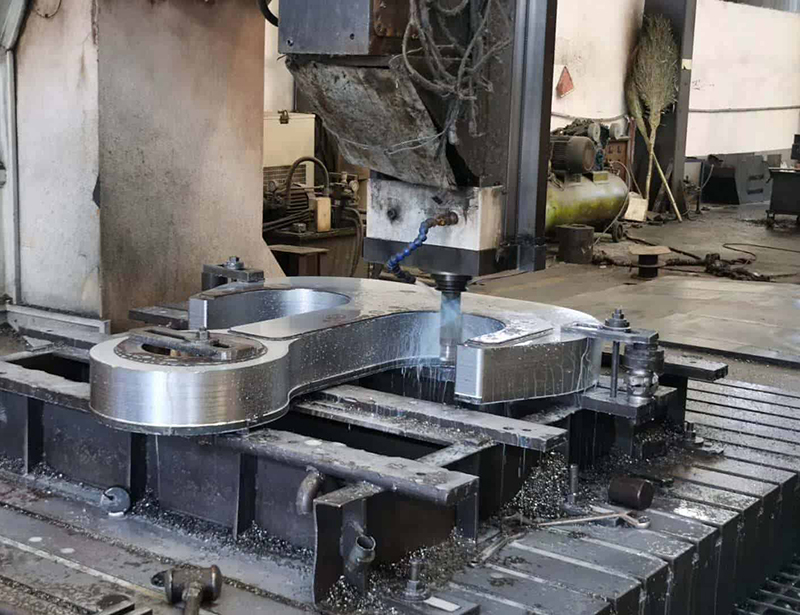

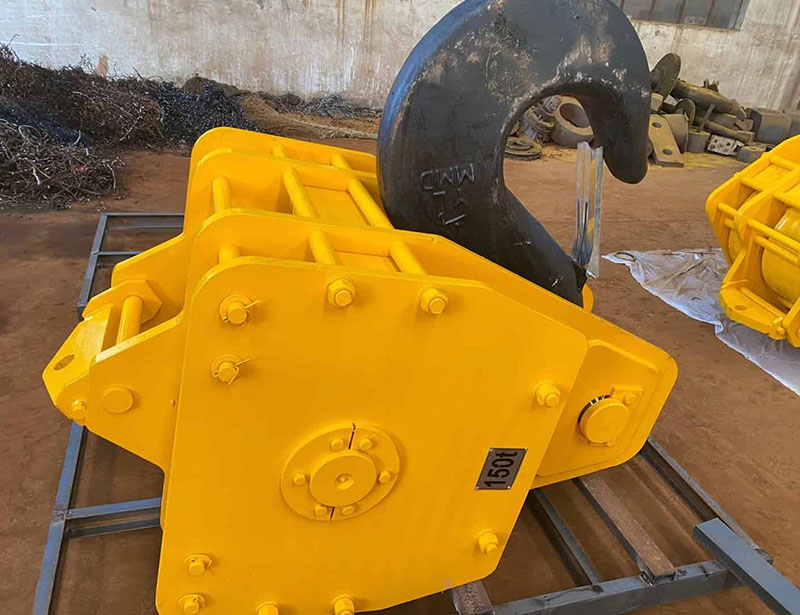
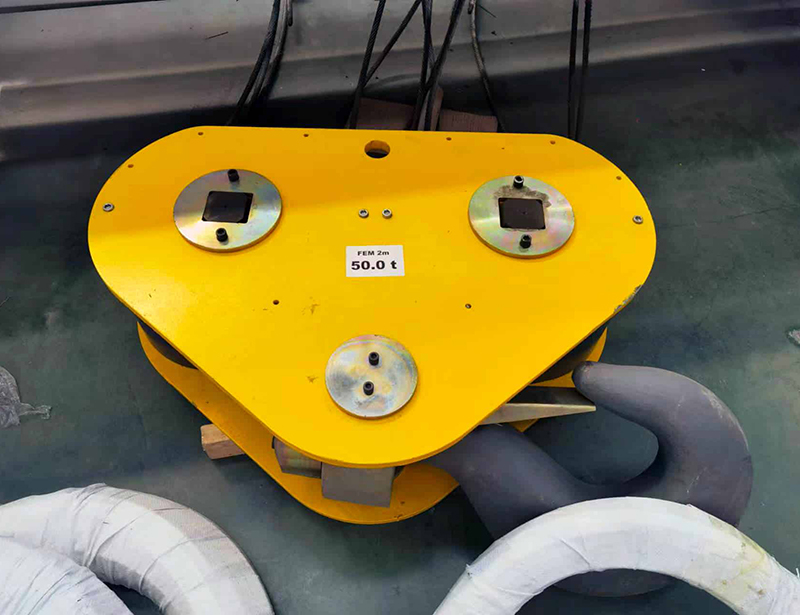

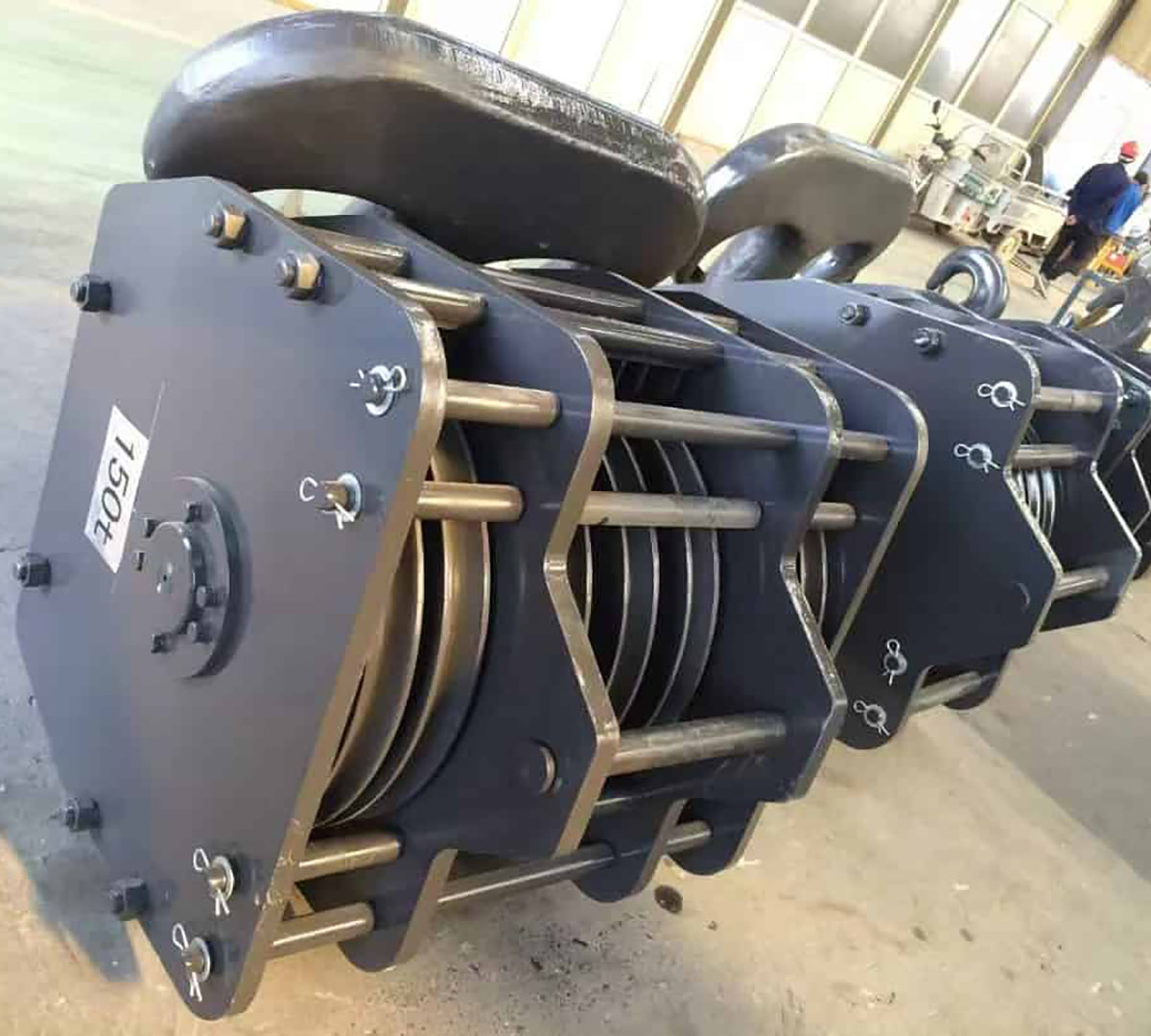
Product Process
The crane hook material is made of 20 high-quality carbon steel or forged hook special materials such as DG20Mn, DG34CrMo. The material of the plate hook is generally used A3, C3 ordinary carbon steel, or 16Mn low alloy steel. All new hooks have undergone a load test, and the opening of the hook does not exceed 0.25% of the original opening.
Check the hook for cracks or deformation, corrosion and wear, and only after passing all the tests are allowed to leave the factory. Important departments purchase hooks such as railways, ports, etc. The hooks require additional inspection (flaw detection) when they leave the factory.
The crane hooks that pass the inspection will be marked on the low-stress area of the hook, including the rated lifting weight, factory name, inspection mark, production number, etc.

